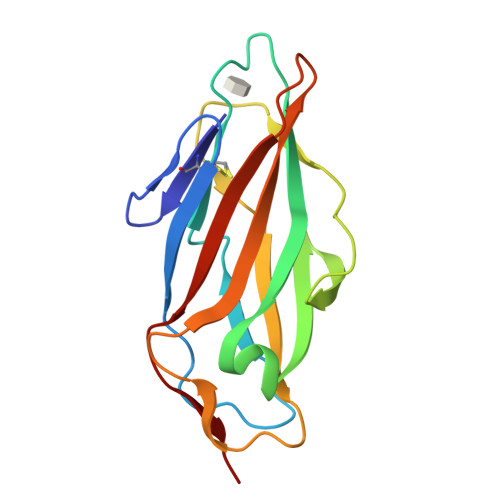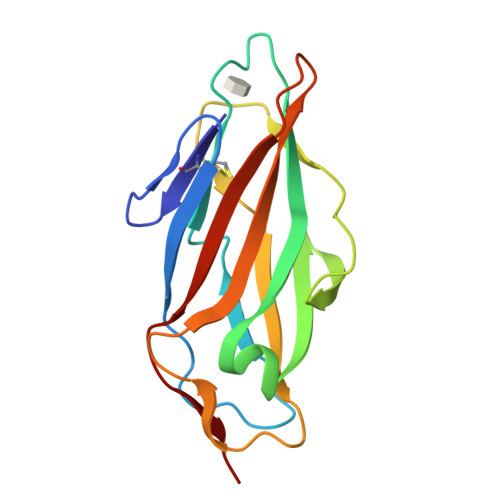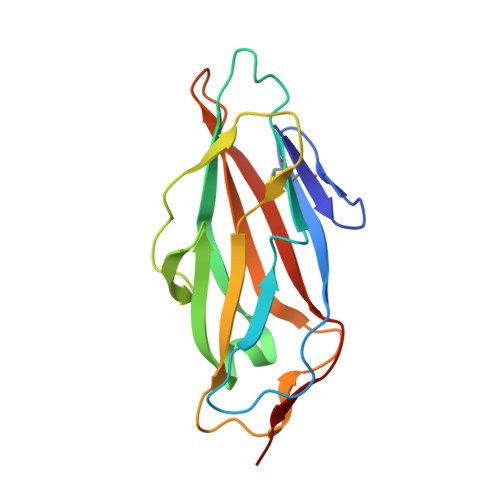Thiazolylaminomannosides as Potent Antiadhesives of Type 1 Piliated Escherichia Coli Isolated from Crohn'S Disease Patients.
Brument, S., Sivignon, A., Dumych, T.I., Moreau, N., Roos, G., Guerardel, Y., Chalopin, T., Deniaud, D., Bilyy, R.O., Darfeuille-Michaud, A., Bouckaert, J., Gouin, S.G.(2013) J Med Chem 56: 5395
- PubMed: 23795713
- DOI: https://doi.org/10.1021/jm400723n
- Primary Citation of Related Structures:
3ZL1, 3ZL2 - PubMed Abstract:
Adherent-invasive Escherichia coli (AIEC) have previously been shown to induce gut inflammation in patients with Crohn's disease (CD). We developed a set of mannosides to prevent AIEC attachment to the gut by blocking the FimH bacterial adhesin. The crystal structure of the FimH lectin domain in complex with a lead thiazolylaminomannoside highlighted the preferential position for pharmacomodulations. A small library of analogues showing nanomolar affinity for FimH was then developed. Notably, AIEC attachment to intestinal cells was efficiently prevented by the most active compound and at around 10000-fold and 100-fold lower concentrations than mannose and the potent FimH inhibitor heptylmannoside, respectively. An ex vivo assay performed on the colonic tissue of a transgenic mouse model of CD confirmed this antiadhesive potential. Given the key role of AIEC in the chronic intestinal inflammation of CD patients, these results suggest a potential antiadhesive treatment with the FimH inhibitors developed.
Organizational Affiliation:
LUNAM Université , CEISAM, Chimie Et Interdisciplinarité, Synthèse, Analyse, Modélisation, UMR CNRS 6230, UFR des Sciences et des Techniques, 2 rue de la Houssinière, BP 92208, 44322 NANTES Cedex 3, France.

















